Global Carbon Budget 2022: Global fossil CO2 emissions expected to grow 1.0% in 2022
Green Car Congress
NOVEMBER 14, 2022
The Global Carbon Project (GCP) published its annual analysis of trends in the global carbon cycle in the journal Earth System Science Data , including an updated full-year projection for 2022. Growth in oil use, particularly aviation, and coal use are behind most of the increase in 2022. The decline in 2020 of -5.2%

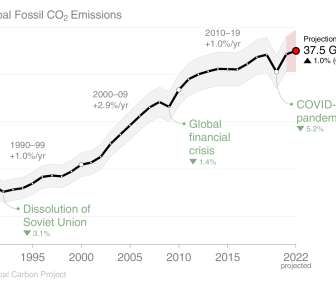
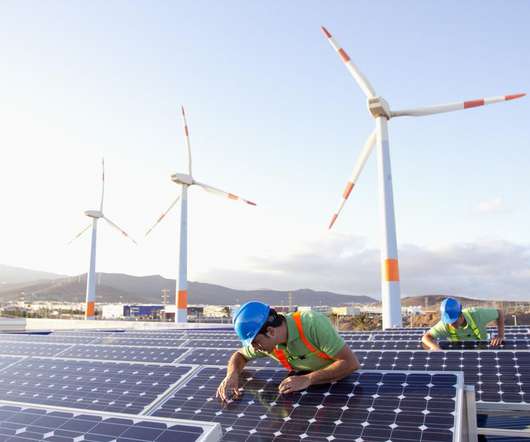
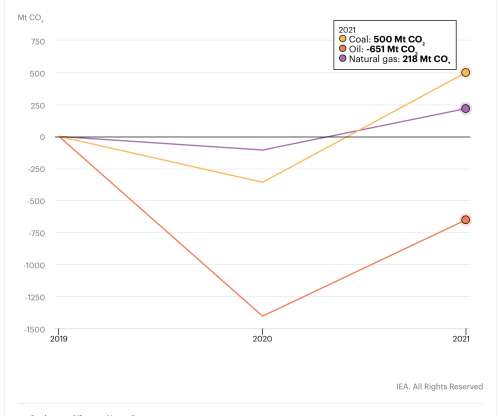

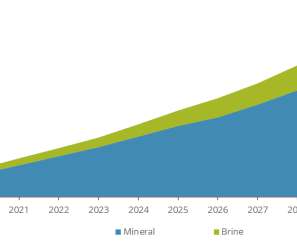
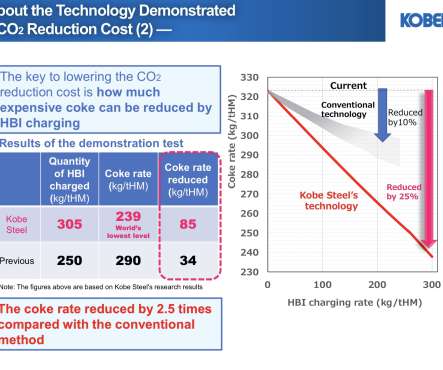







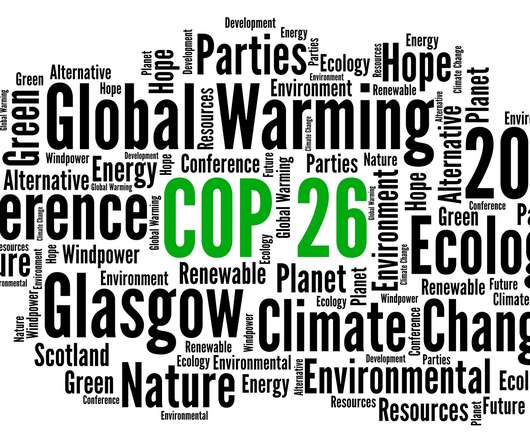






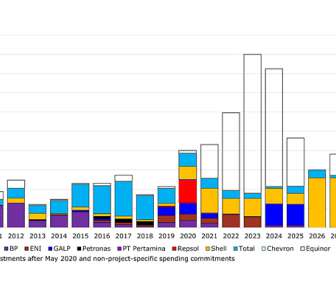

















Let's personalize your content